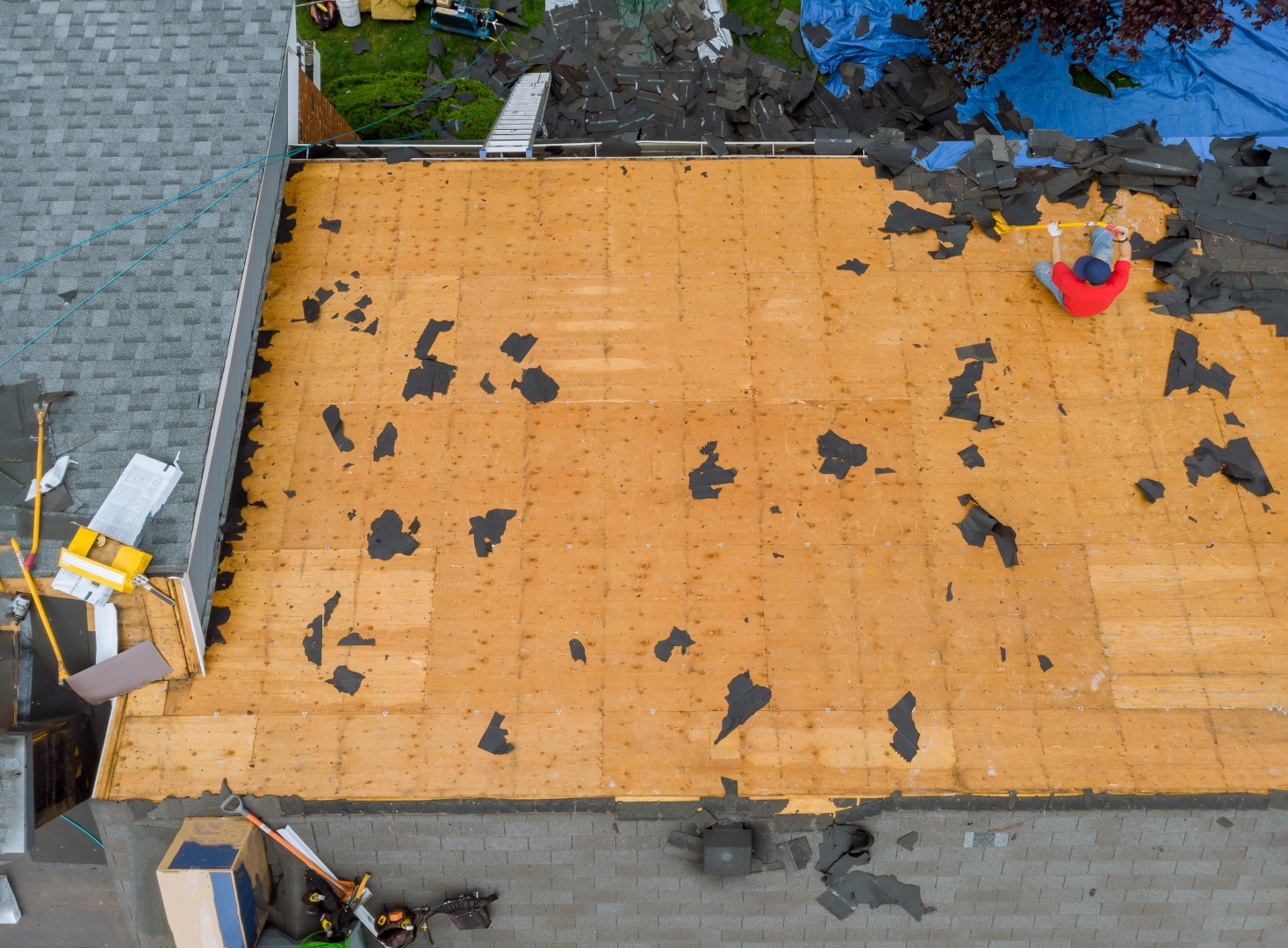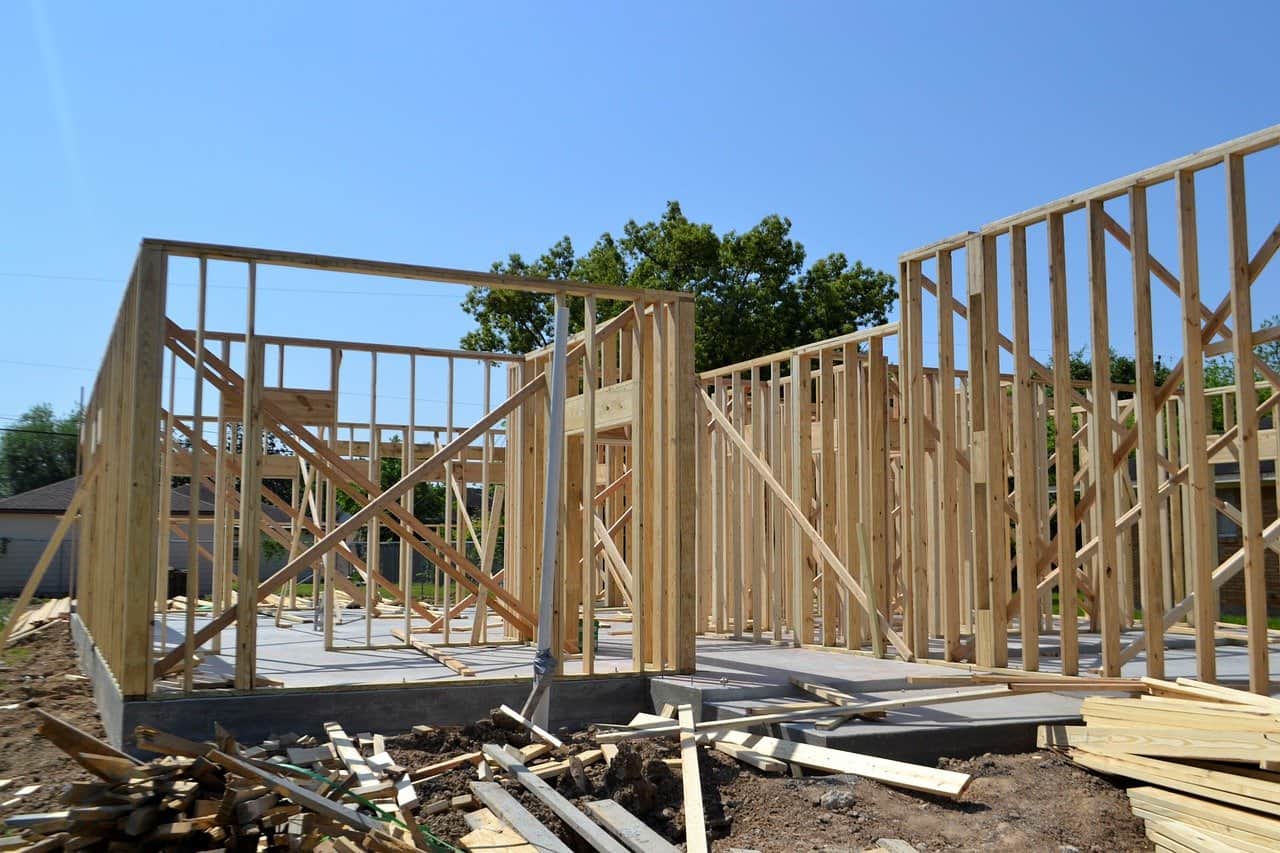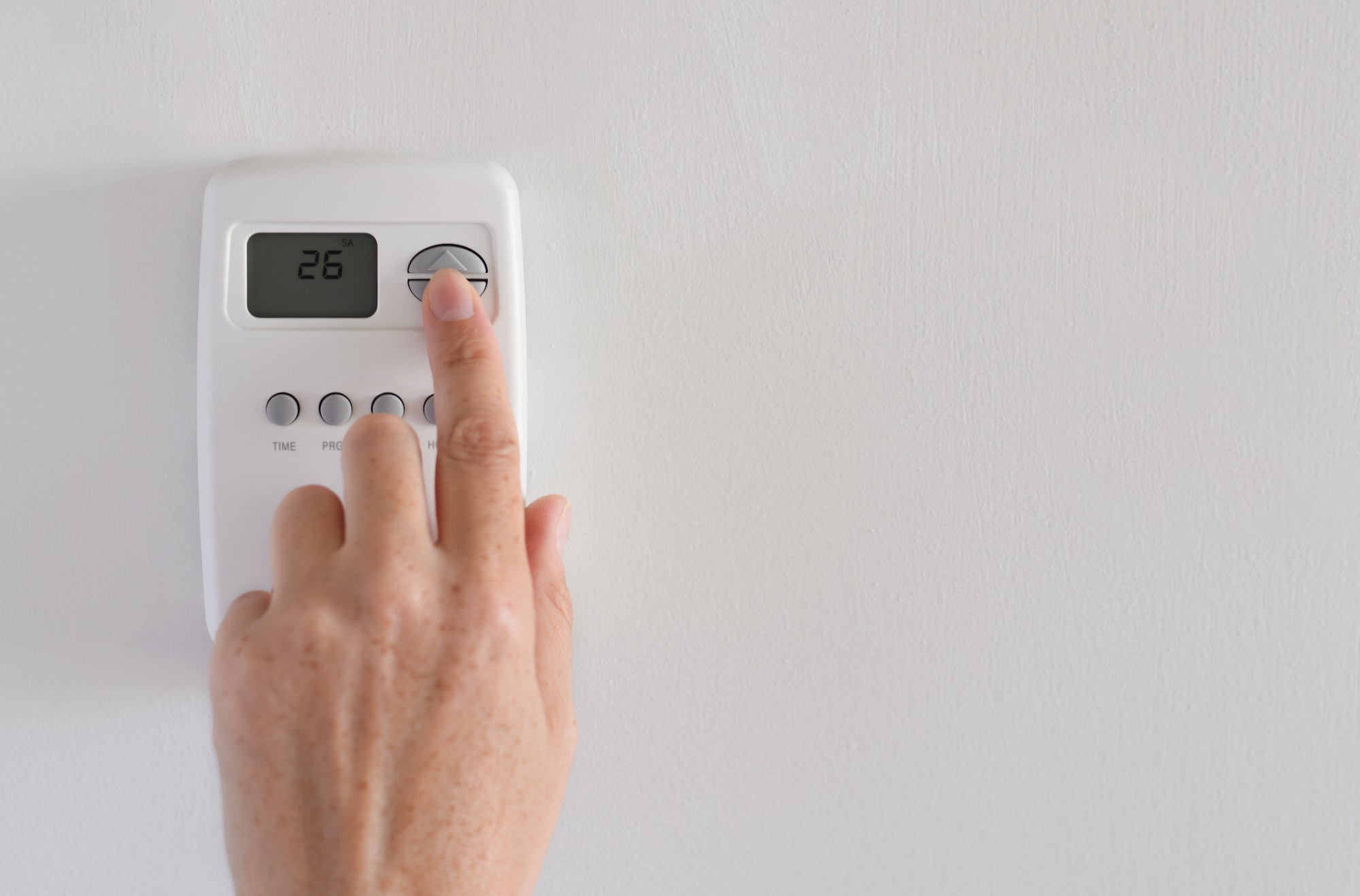Storms, those uninvited guests from the skies, can leave a mark on our homes, and it’s something many of us have faced. Today, we’ll delve into a common concern – what happens to our roofs after a storm. We’ll take a closer look at the important role played by roofing contractors in the aftermath of such weather events. Let’s get started.
1. The Aftermath of a Storm: Assessing Roof Damage
Imagine this scenario: a powerful storm has recently swept through your neighborhood, bringing strong winds, relentless rain, and hail the size of marbles. Now, it’s time to deal with the aftermath. Our roofs, the sturdy shields of our homes, often bear the brunt of these weather assaults.
After a storm, we’re left with various types of roof damage. This includes wind damage, which can dislodge shingles, hail damage that leaves unsightly marks on our once-pristine roofs, and those sneaky water leaks that find their way into our homes. These are not minor inconveniences; if left unattended, they can turn into significant problems.
You might wonder why this is such a concern. Well, neglecting storm damage can lead to a range of issues. Take, for example, a persistent water leak. Over time, it can seep into your home, causing structural problems and creating the perfect environment for mold to thrive.
So, it’s clear that the consequences of storm damage go beyond mere appearances; they affect the fundamental structure and safety of your home. This is why a thorough roof inspection after a storm is crucial, and who better to do it than roofing professionals?
2. The Vital Role of Roofing Contractors
Now, let’s turn our attention to the often-underappreciated role of roofing contractors. These are the experts you call upon when your roof faces the challenges of a storm. Their significance lies in the extensive knowledge and expertise they bring to the table.
Think of roofing contractors as investigators, a bit like Sherlock Holmes, with a knack for deciphering the clues left behind by a storm – missing shingles, dented flashing, and those elusive leaks that have found their way into your home.
Roofers have seen it all, from minor wind disturbances to the havoc caused by severe hail. They have an in-depth understanding of various roofing materials and the ability to spot hidden damage that might escape the untrained eye. Their grasp of structural integrity allows them to detect subtle signs that could be easily overlooked.
What sets roofing contractors apart is their ability to provide a comprehensive assessment of your roof’s condition. They don’t just skim the surface; they dig deep, looking for underlying structural issues and potential weak spots. This meticulous approach ensures that all forms of damage, whether obvious or concealed, are identified and addressed.
But their role goes beyond assessment. Roofing contractors also possess a deep understanding of materials, ensuring that repairs are carried out with precision, using products tailored to your specific roofing system. Their commitment to detail and dedication to quality make them invaluable assets in the realm of storm damage repair.
So, if you ever find yourself uncertain about your roof’s condition after a storm, remember – roofing contractors are your trusted allies. They have the knowledge and experience needed to restore the strength of your shelter.
3. Navigating the Insurance Claim Process
Now that we’ve talked about the importance of roofing contractors, it’s time to dive into another critical part of storm damage repair – dealing with your insurance claim. When your roof takes a beating from Mother Nature, filing an insurance claim can be your financial safety net.
First and foremost, don’t delay when it comes to filing an insurance claim after storm damage. Insurance companies usually have specific time limits for reporting damage. If you miss these deadlines, it could jeopardize your claim. So, as soon as you’ve assessed the damage or had a roofing contractor check your roof, start the process without delay.
Navigating the insurance claim process may feel a bit like going on a treasure hunt, except this time, the prize is coverage for your roof repairs. Here’s a simplified guide to help you through it:
Contact Your Insurance Company: Get in touch with your insurance company promptly to report the damage. Have your policy number handy and be ready to provide detailed information about the extent of the damage.
Document Everything: In the world of insurance claims, pictures and videos are like gold. Take clear and thorough photos and videos of the damage. Visual evidence can significantly support your claim.
Keep Detailed Records: Maintain a detailed record of all your interactions with the insurance company. Write down the names of the representatives you talk to and create a summary of what was discussed. This record can be invaluable if any disputes arise.
Estimates and Quotes: Your roofing contractor is a key player here. Ask them for a written estimate of the repairs. This estimate should break down all the costs and materials needed. Share this estimate with your insurance adjuster to ensure everyone is on the same page.
Meeting with the Adjuster: Your insurance company will likely send an adjuster to assess the damage. It’s a good idea to be present during this inspection and provide your roofing contractor’s estimate and any other documentation you’ve gathered. This collaborative effort ensures that all damage is accurately assessed.
Claim Approval: Once your claim is approved, you’ll receive a settlement offer. Take the time to carefully review it to ensure it covers the necessary repairs. Don’t hesitate to discuss any discrepancies with your insurance company.
4. Choosing the Right Roofing Contractor
As you start the ordeal of repairing storm damage, one of the most critical decisions you’ll make is selecting the right roofing contractor. Not all contractors are created equal, and you want someone who can restore your roof with skill and integrity.
Start by looking into the credentials of potential roofing contractors. Licensing and insurance are non-negotiable requirements. A licensed contractor has met specific standards, indicating a certain level of competence. Insurance, on the other hand, protects both you and the workers in case of accidents during the project.
Don’t hesitate to ask for references. A reputable roofing company should have a list of satisfied customers who can vouch for their work. Reach out to these references and ask about their experiences. Did the contractor deliver on their promises? Was the work completed on time and within budget?
Once you’ve narrowed down your options, request written estimates from your chosen roofing contractors. These estimates should include a detailed breakdown of the costs, materials, and labor involved. Having these estimates in writing not only helps you compare quotes but also provides a clear understanding of what to expect.
After you’ve selected a roofing contractor, make sure that everything is documented in a contract. This contract should outline the scope of work, the timeline, payment schedules, and any warranties. Having a written contract in place protects both you and the contractor and ensures that expectations are clear from the beginning.
5. The Repair Process: From Assessment to Completion
Now that you’ve picked your roofing contractor and sorted out the insurance claim, it’s time to dig into the actual process of fixing storm damage.
It all kicks off with a thorough assessment of your roof’s condition. Your roofing contractor won’t just glance at the obvious damage; they’ll dig deeper to spot hidden issues. This comprehensive inspection is crucial to make sure every necessary repair is taken care of.
Sometimes, temporary fixes are needed, especially if your roof has taken a real beating. These quick patches act like a Band-Aid, stopping further damage while we plan and execute the permanent repairs.
Now, let’s get into the repair process itself. It’s a series of steps, from yanking out the damaged bits to popping in fresh materials. Your roofing contractor will use their skills to make sure the repairs are spot on, bringing your roof back to its best.
Working closely with your insurance company is often part of the deal. Your roofing contractor can team up with the insurance adjuster to make sure all the damage gets documented and covered by your insurance policy.
But wait, even after the repairs are done, it’s not a done deal. A post-repair inspection is a must to make sure your roof is in tip-top shape and that all the repairs meet the highest standards.
6. DIY vs. Professional Repairs
Now, let’s tackle a critical decision after storm damage: should you do the repairs yourself or call in a professional roofing contractor? Let’s dive into this debate and see where you fit in.
First, let’s look at the bright side. There are times when homeowners can indeed handle small storm damage repairs themselves. Think about tasks like replacing a few missing shingles, patching up small leaks, or clearing debris from your gutters.
If you’re a reasonably handy person, have the right tools, and feel confident about your skills, these minor repairs might be up your alley. Just remember to follow safety precautions and take your time to do the job properly.
But there’s another side to this story, and it’s a serious one. When it comes to major storm damage, attempting DIY repairs can be a risky gamble.
First off, there’s the safety issue. Climbing up onto your roof without the proper training and gear can be downright dangerous. Accidents can happen in the blink of an eye, and the consequences can be severe.
Secondly, there’s the risk of making things worse. What might seem like a minor issue on the surface could hide deeper, more serious damage. DIY repairs might fix the obvious stuff, but they could leave underlying problems untouched, setting the stage for bigger issues down the road.
The advice is crystal clear here – safety comes first. Storm-damaged roofs can be treacherous, and it’s just not worth risking your well-being. When in doubt, play it safe and get a professional roofing contractor on the scene.
7. Conclusion
Let’s remember some key points.
Roofing contractors are your go-to experts when your roof takes a beating from a storm. Their know-how, experience, and dedication ensure your home stays safe and sound.
Don’t wait around when storm damage strikes. The quicker you take action, the better chance you have to stop further problems and lower repair costs. Don’t procrastinate when it comes to checking your roof after a storm.
For a thorough assessment of storm damage, trust a roofing contractor. They look beyond the surface to find hidden issues.
When it’s time for repairs, make safety your top priority. DIY fixes can work for small problems, but for major damage, it’s best to bring in the professionals. It’s not only about your roof’s health but also your safety.
Lastly, be proactive in protecting your home. Regular roof maintenance, inspections, and quick action after storms can save you a lot of trouble down the road.
Your roof is a crucial part of your home. It shields you from the elements, keeps you cozy, and adds value to your property. So, take good care of it, and remember that when bad weather hits, roofing contractors are there to defend your shelter.
Discover more from Futurist Architecture
Subscribe to get the latest posts sent to your email.



